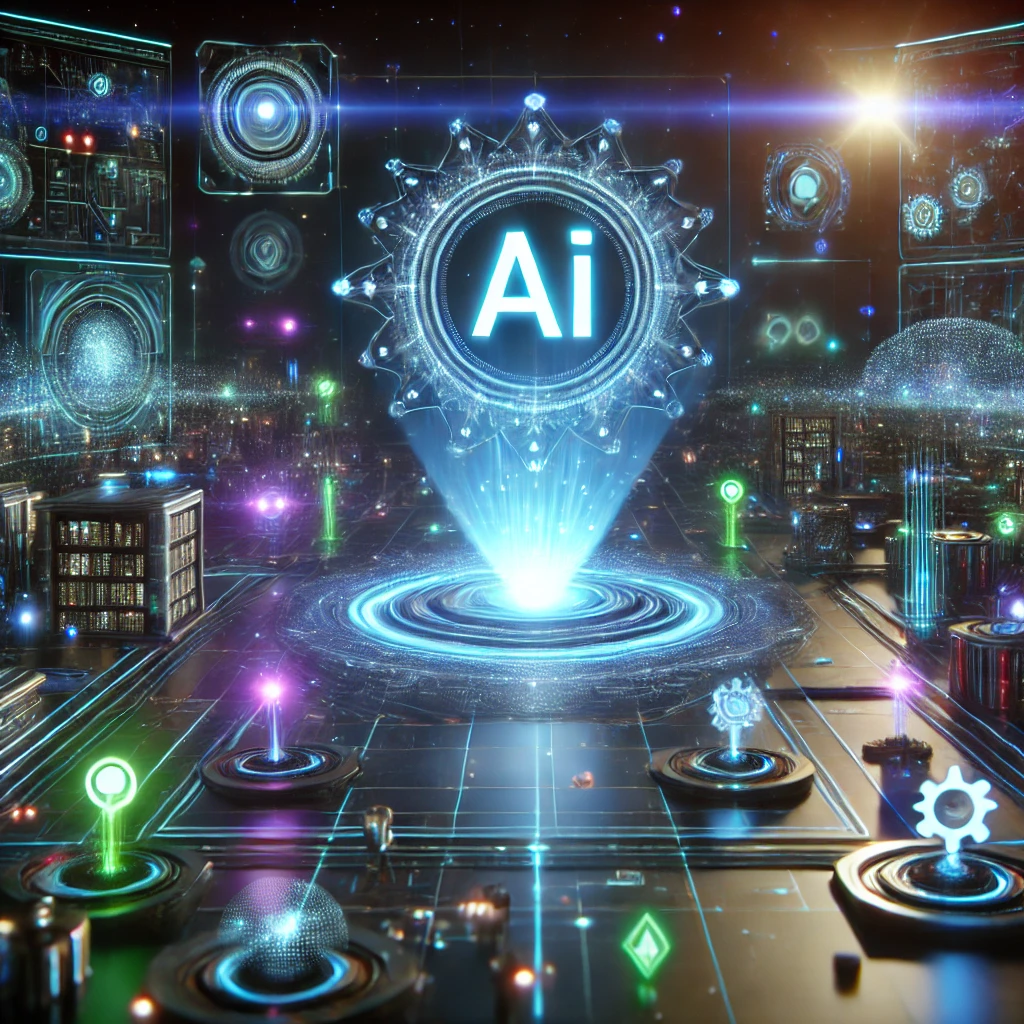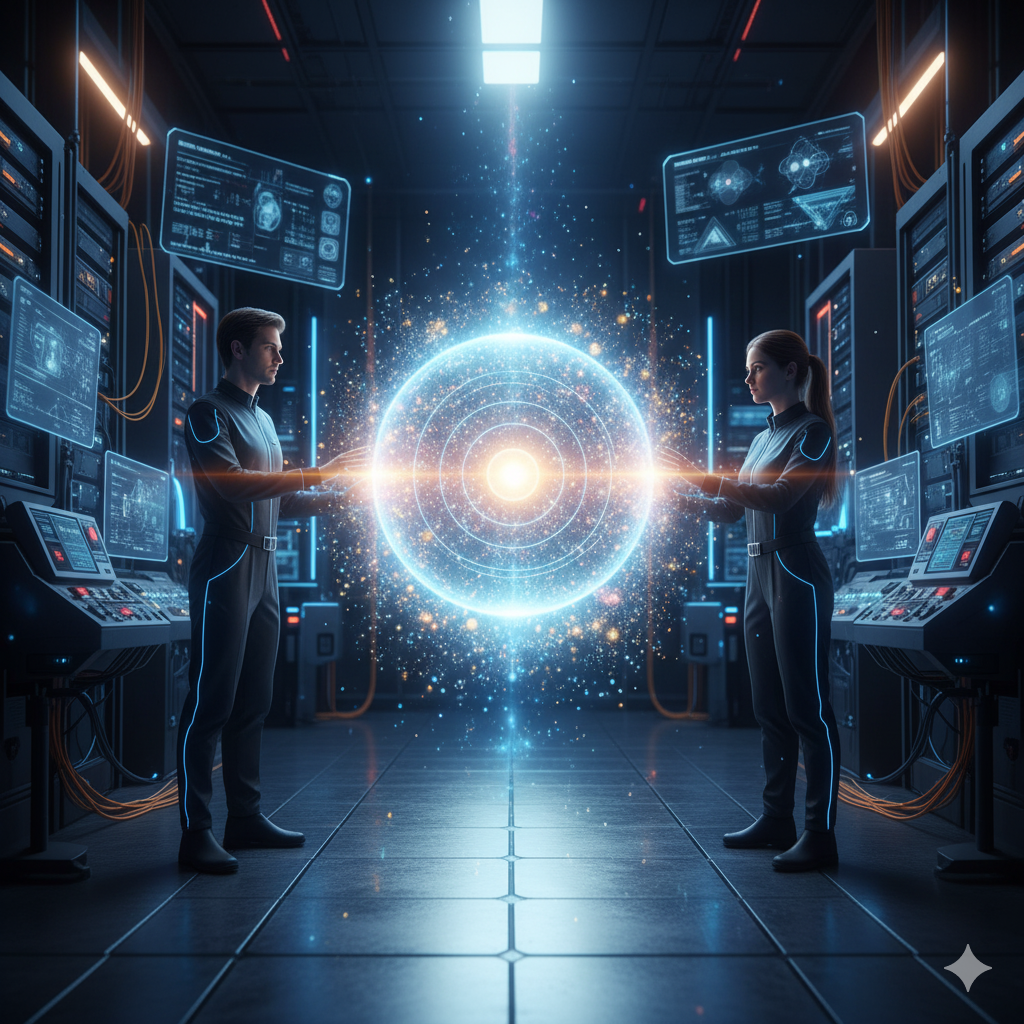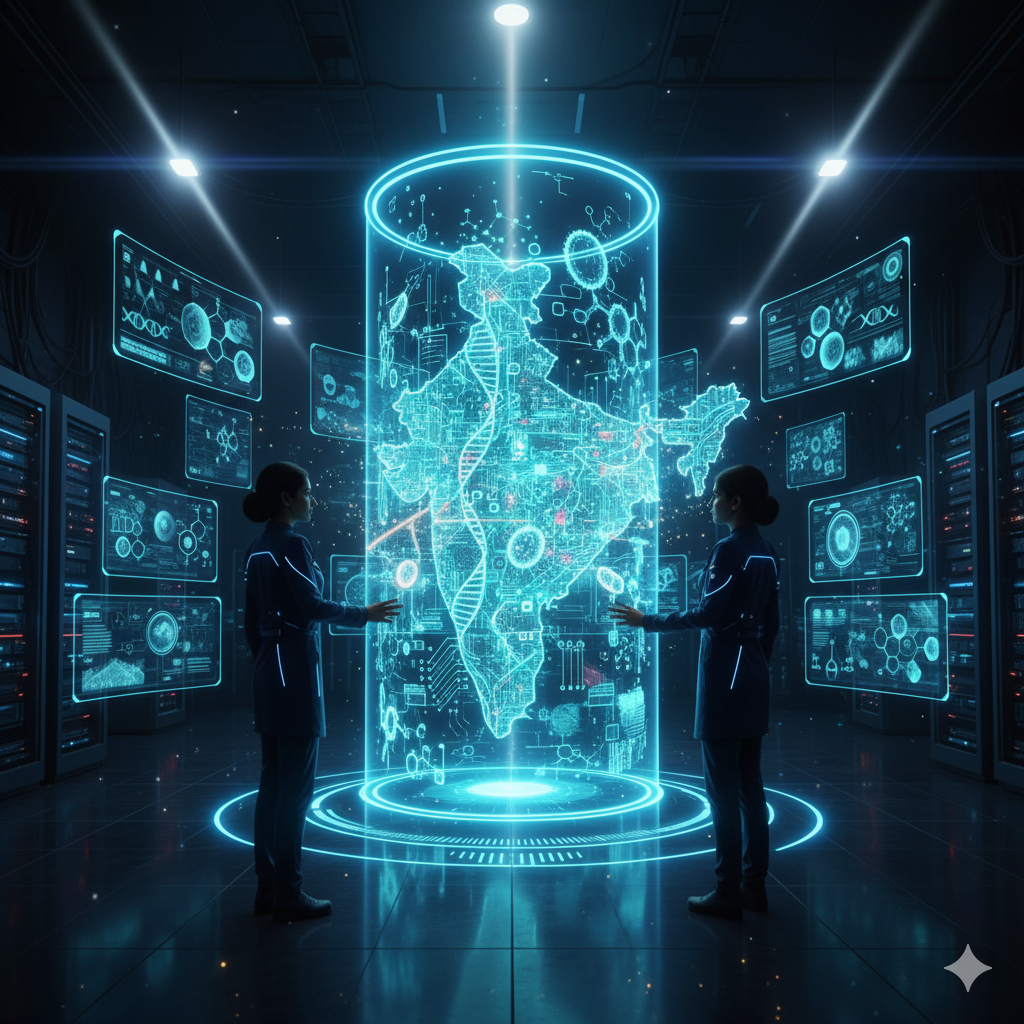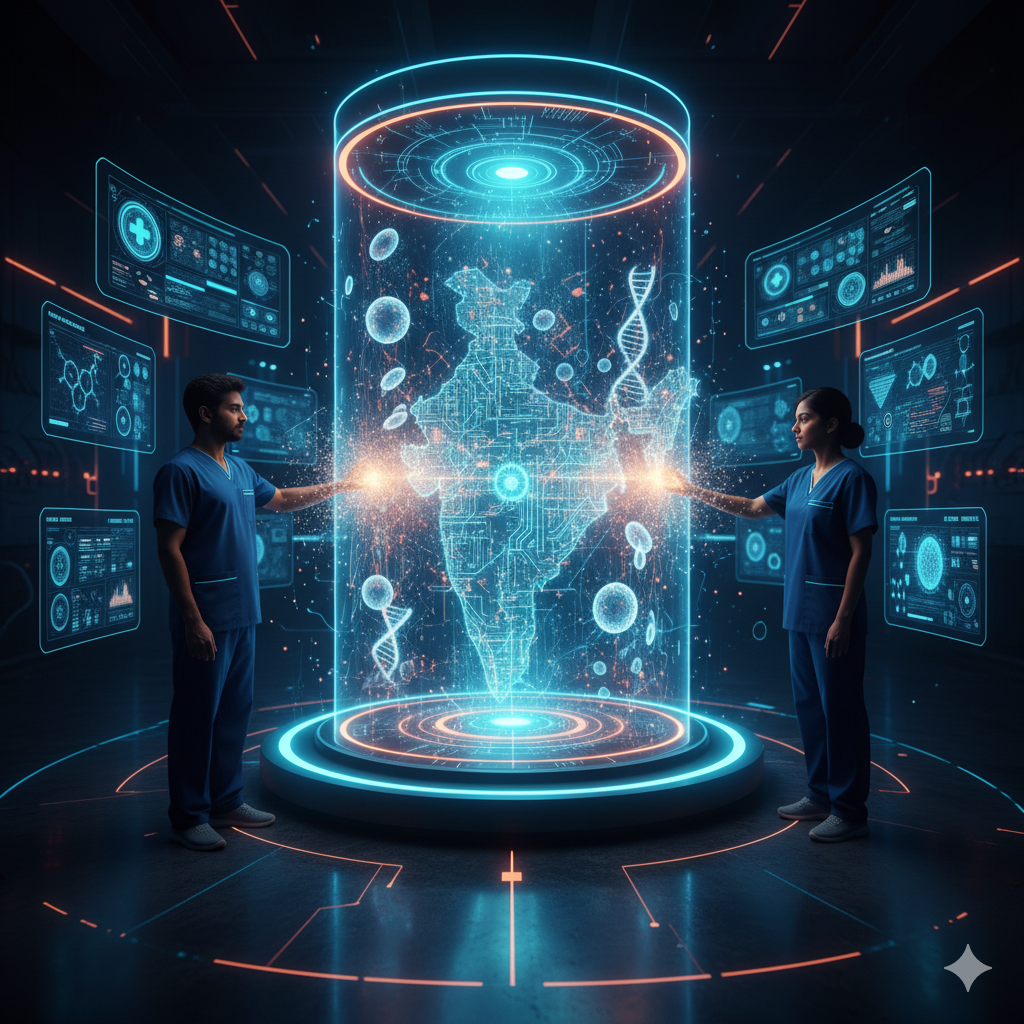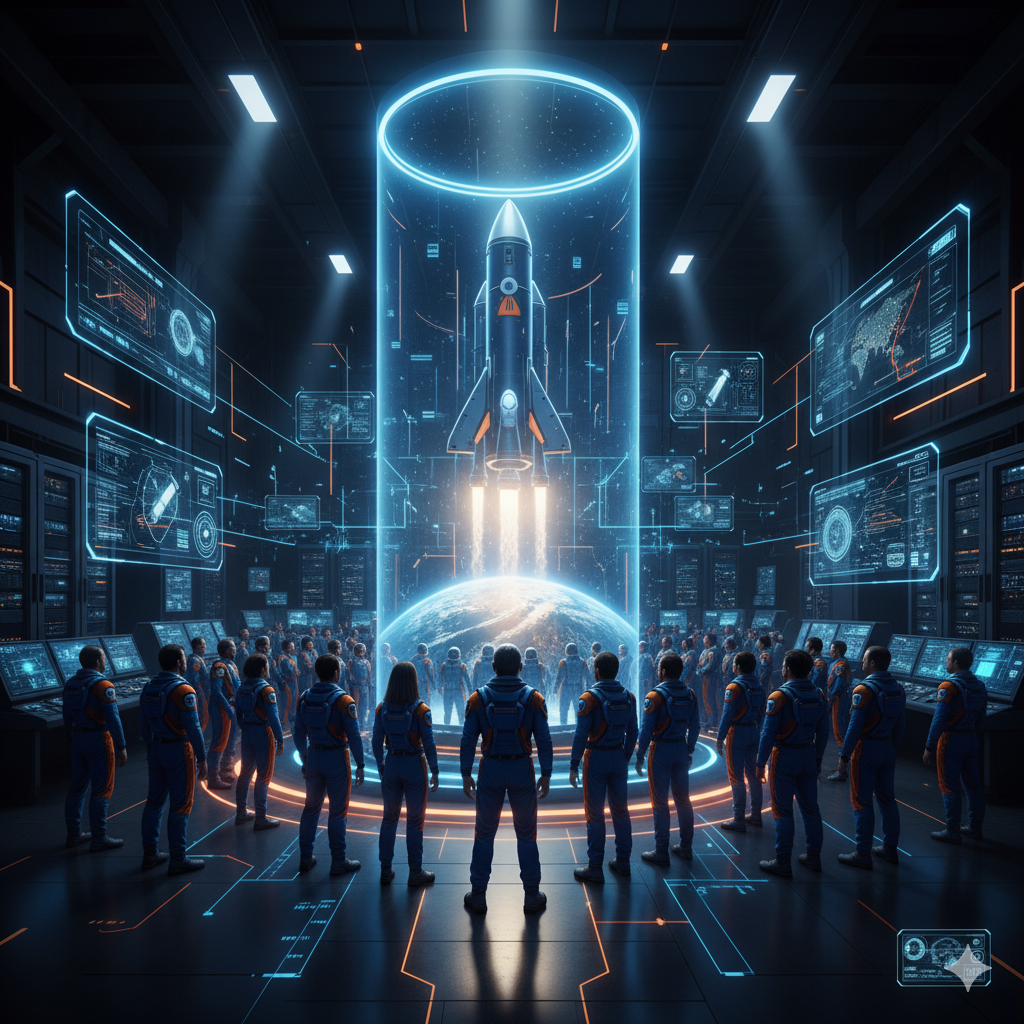Introduction
The digital world is rapidly evolving, and one of the most groundbreaking advancements is the emergence of AI-generated virtual environments. These environments, created using artificial intelligence, offer immersive, interactive, and highly realistic digital spaces for gaming, education, remote work, training simulations, and even social interactions.
AI-generated virtual environments leverage machine learning, deep learning, and procedural generation techniques to create dynamic and evolving digital worlds. Unlike traditional virtual spaces that require extensive manual design, AI can autonomously generate landscapes, characters, objects, and behaviors, making virtual environments more adaptive and scalable.
In this article, we will explore what AI-generated virtual environments are, how they work, their key applications, advantages, challenges, and their future impact on industries and society.
What Are AI-Generated Virtual Environments?
AI-generated virtual environments refer to computer-generated digital spaces that are designed and enhanced using artificial intelligence. These environments can be anything from a simple virtual meeting room to a fully immersive 3D metaverse where AI-driven characters and objects interact with users in real-time.
AI plays a crucial role in automating the creation of these environments by:
- Procedural Content Generation: AI generates landscapes, buildings, objects, and textures dynamically.
- AI-Driven Physics & Animation: AI simulates realistic physics, animations, and environmental interactions.
- Real-Time Adaptation: AI personalizes virtual environments based on user behavior and preferences.
- AI-Powered NPCs (Non-Playable Characters): AI enhances digital avatars with autonomous decision-making and natural language processing.
These virtual environments can exist in virtual reality (VR), augmented reality (AR), mixed reality (MR), and even standard 2D digital platforms.
How AI-Generated Virtual Environments Work
The creation of AI-driven virtual environments involves multiple technologies working together:
1. Machine Learning & Deep Learning
AI algorithms analyze vast datasets to generate realistic landscapes, characters, and interactive objects. Deep learning models, such as Generative Adversarial Networks (GANs), create highly detailed textures and environments.
2. Procedural Generation
Instead of manually designing every element, procedural generation uses AI algorithms to automatically create dynamic worlds. This is commonly used in open-world games, VR simulations, and metaverse platforms.
3. Natural Language Processing (NLP)
AI-powered virtual assistants and NPCs use NLP to interact with users naturally. This allows for voice-based commands, real-time conversations, and adaptive storytelling in digital worlds.
4. AI-Powered Physics & Animation
AI simulates realistic physics, weather changes, object interactions, and character animations, making virtual environments more lifelike.
5. Neural Rendering & AI-Based Graphics Enhancement
AI enhances visual fidelity by upscaling textures, optimizing lighting, and improving depth perception, leading to ultra-realistic environments.
Applications of AI-Generated Virtual Environments
1. Gaming & Entertainment
AI-driven virtual environments are revolutionizing the gaming industry.
- Dynamic Open Worlds: AI generates endless game landscapes, making every player experience unique.
- Realistic NPC Behavior: AI-driven NPCs adapt to player choices and exhibit human-like responses.
- AI-Generated Storylines: AI can create immersive, evolving narratives based on user interactions.
Example: The game No Man’s Sky uses AI-based procedural generation to create infinite planetary environments.
2. Virtual Reality (VR) & Augmented Reality (AR)
- Immersive VR Worlds: AI enhances realism in VR environments, making virtual interactions more engaging.
- Augmented Reality Enhancements: AI personalizes AR experiences, allowing users to interact with smart objects in real-time.
Example: Meta’s Metaverse uses AI to generate interactive digital spaces for socializing and working.
3. Remote Work & Virtual Offices
AI-generated environments are shaping the future of remote work.
- AI-Powered Virtual Meeting Rooms: Employees collaborate in AI-designed virtual offices.
- Smart Virtual Assistants: AI helps manage schedules and tasks within virtual workspaces.
4. Education & Training Simulations
AI-generated virtual environments offer interactive and engaging learning experiences.
- Virtual Classrooms: AI creates adaptive learning spaces for students worldwide.
- Medical Training Simulations: AI-generated environments help surgeons practice procedures in a risk-free setting.
- Military & Emergency Training: AI designs realistic combat or disaster response simulations.
Example: Oxford Medical Simulation uses AI-generated virtual environments for healthcare training.
5. Architecture & Urban Planning
Architects and city planners use AI-generated environments for designing smart cities and infrastructure.
- AI-Generated 3D City Models: Helps in urban development and simulation.
- VR-Based Architectural Visualization: AI creates virtual property walkthroughs before construction.
6. Social Media & Digital Interaction
- AI-Powered Social Metaverses: Platforms like Decentraland and The Sandbox use AI to build interactive social spaces.
- Virtual Avatars: AI-generated avatars represent users in digital environments.
7. AI in Film & Animation
- AI generates digital sets, realistic CGI characters, and deepfake-based animations.
- AI-driven virtual production reduces the need for physical locations.
Example: The movie The Lion King (2019) used AI-powered CGI to create ultra-realistic environments.
Advantages of AI-Generated Virtual Environments
1. Cost & Time Efficiency
- AI automates content creation, reducing human effort and production time.
- Virtual simulations replace expensive physical training setups.
2. Scalability & Adaptability
- AI can generate massive, unique virtual worlds instantly.
- AI-driven environments adjust based on user preferences and needs.
3. Enhanced Realism & Interactivity
- AI improves graphics, physics, and interactions, making digital experiences more lifelike.
- AI NPCs behave intelligently, enhancing immersion.
4. Accessibility & Global Reach
- Virtual environments allow people worldwide to connect, work, learn, and socialize.
- AI-powered translations enable multilingual interactions.
5. Environmental & Sustainability Benefits
- AI-driven digital workspaces reduce travel needs, lowering carbon footprints.
- Virtual environments minimize the need for physical resources in industries like architecture and filmmaking.
Challenges & Ethical Considerations
1. Privacy & Data Security
- AI-generated environments collect vast amounts of user data, raising concerns about privacy breaches.
2. AI Bias & Manipulation
- AI-driven NPCs and algorithms may reflect biases, leading to ethical concerns.
- Deepfake technology can be misused for deception.
3. Dependence on AI
- Over-reliance on AI in digital environments may reduce human creativity in content generation.
4. Ethical Concerns in AI Avatars
- Should AI-generated avatars mimic real humans?
- How do we regulate deepfake avatars and digital identity theft?
5. Hardware Limitations
- High-quality AI-generated environments require advanced GPUs and VR headsets, limiting accessibility.
The Future of AI-Generated Virtual Environments
1. AI-Powered Metaverse Expansion
- Companies like Meta, Microsoft, and NVIDIA are investing in AI-generated metaverses.
2. Hyper-Realistic AI-Generated Worlds
- Advancements in AI-driven rendering will create photo-realistic virtual spaces.
3. AI-Powered Digital Twins
- AI will create digital replicas of real-world locations for simulations.
4. AI & Blockchain Integration
- Blockchain-based AI environments will offer decentralized and secure virtual spaces.
5. AI in Smart Cities & Urban Planning
- AI-generated digital twins will help optimize real-world infrastructure.
Conclusion
AI-generated virtual environments are transforming the way humans interact with digital spaces. Whether in gaming, education, remote work, or the metaverse, AI-driven virtual worlds offer unparalleled realism, adaptability, and scalability.
While challenges like privacy, AI bias, and hardware limitations exist, ongoing advancements in AI, deep learning, and cloud computing will unlock new possibilities for hyper-realistic, interactive, and intelligent virtual environments.
The future is digital, and AI-generated virtual environments are at the forefront of this revolution. 🚀
